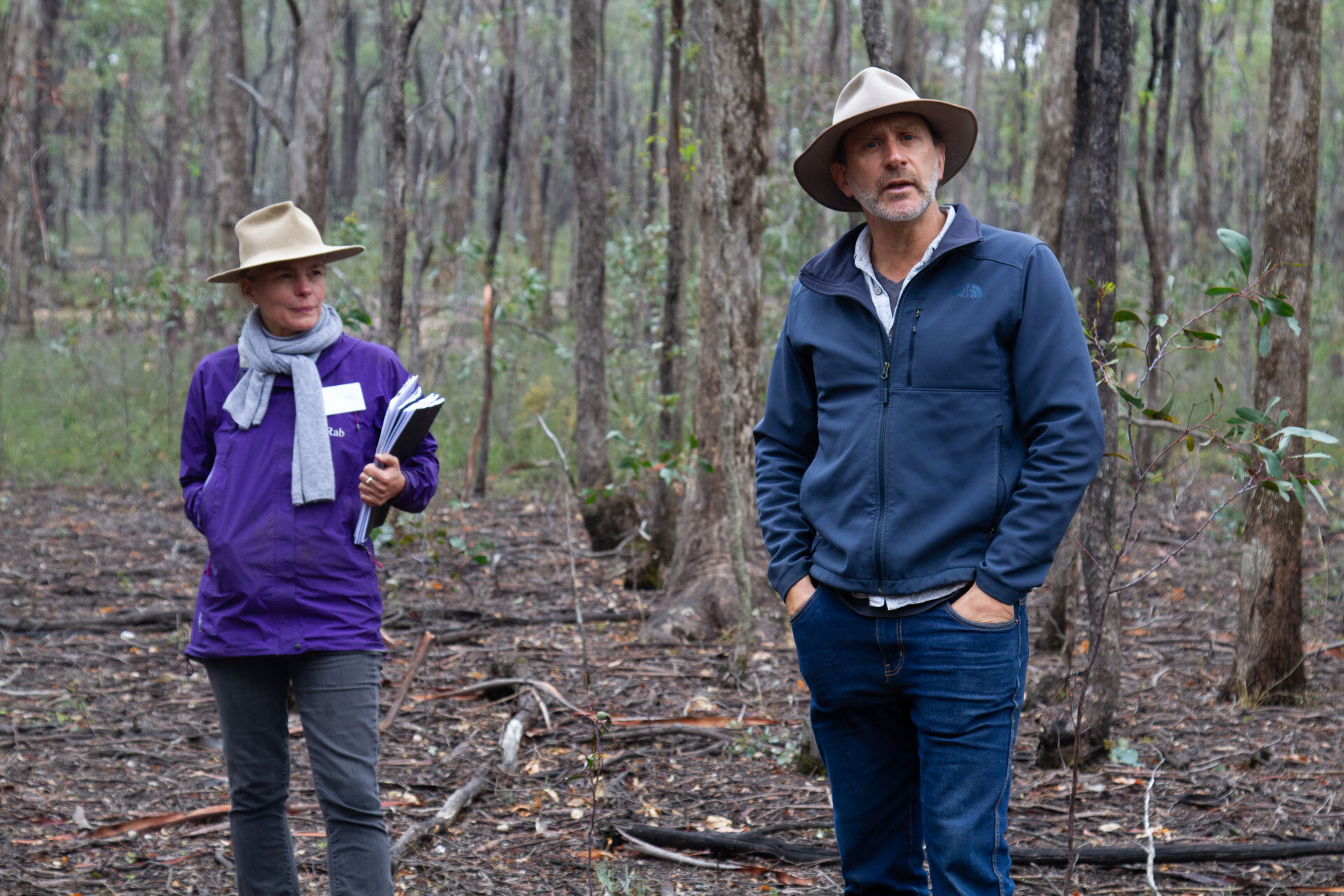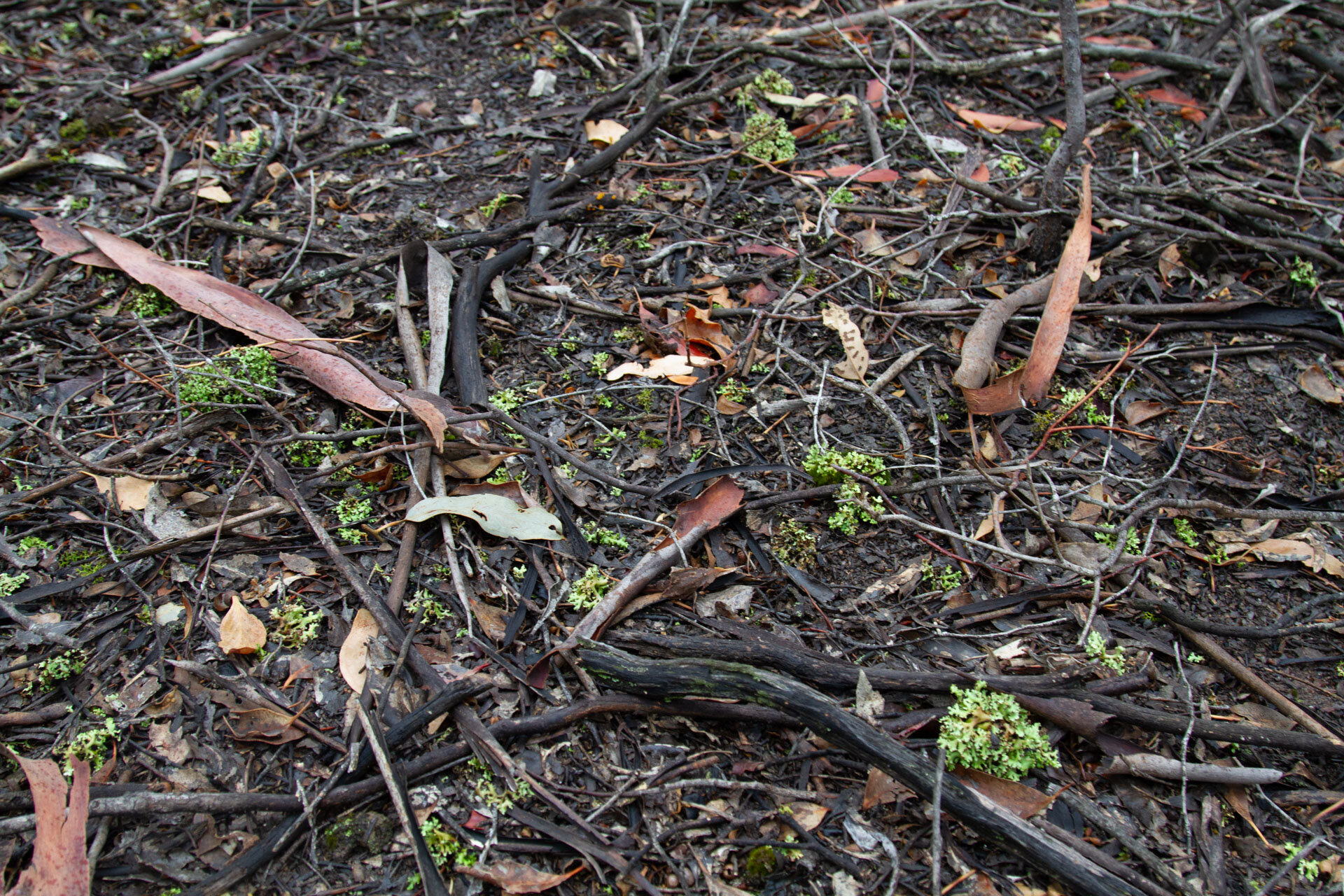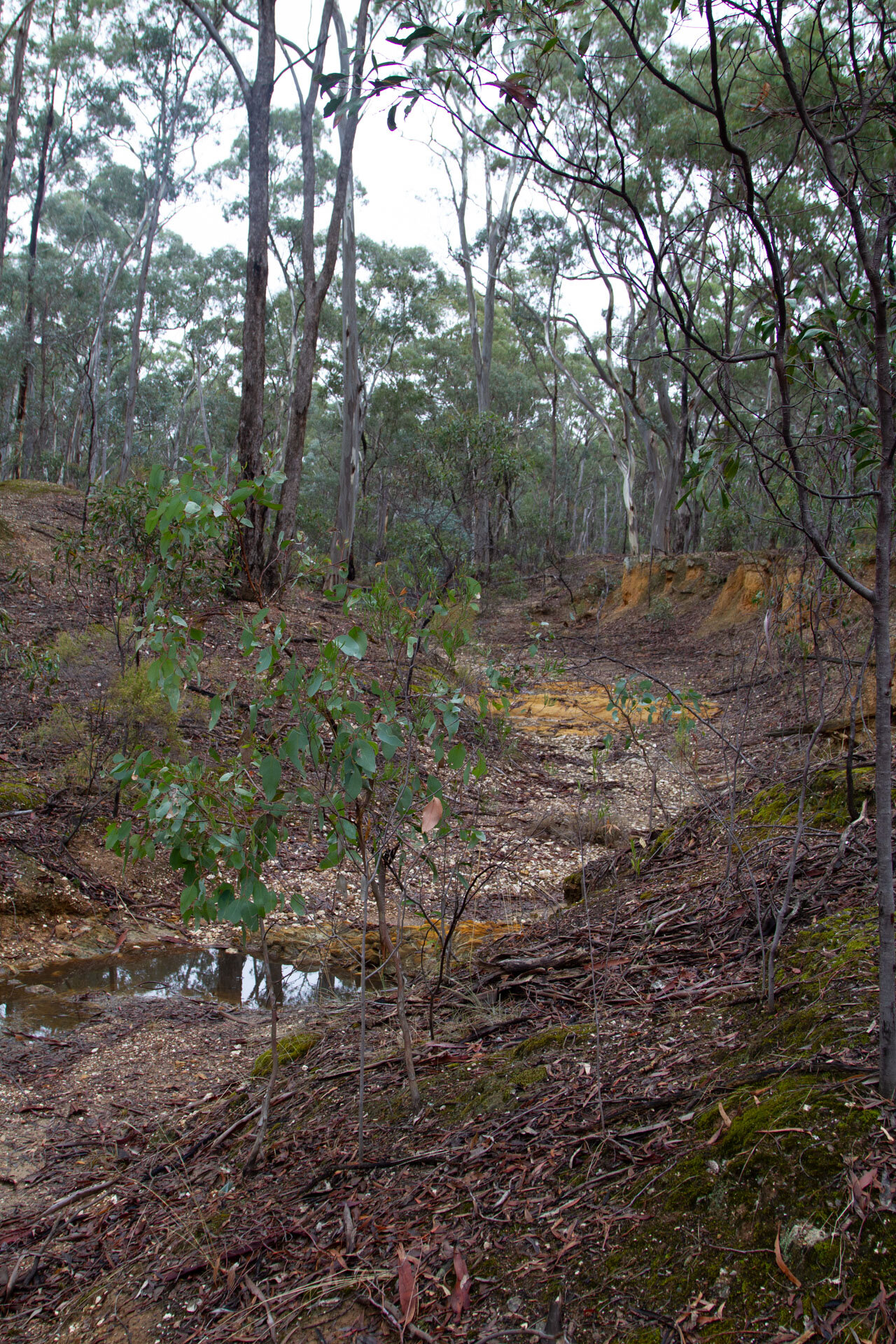Leaky landscapes
Retaining water in a changing climate
“Much less rainfall is available to the landscape – and to its food webs. As a result the threatened species that often sit high up in the food chain are especially imperilled. They’re on the edge.”
Paul Foreman, Ecologist, Biolinks Alliance
In the Central Goldfields region of Victoria, the former mining town of Wedderburn is a hub of conservation activity. Passionate people work with groups like Trust for Nature, Bush Heritage, the Wedderburn Conservation Management Network and the Loddon Plains Landcare Network. One of the great challenges these groups have in this post-mining landscape is retaining water.
Paul Foreman, Biolinks Ecologist, is one of the many people that work in the area to protect species like the Malleefowl, Sugar Glider and Brush-Tailed Phascogale.
“A lot of our landscapes are degraded – or even desertified,” says Paul. “Land use legacy issues such as eucalyptus oil harvesting, timber harvesting, clearing, overgrazing, rabbits and fragmentation have had a devastating effect. And now we have climate change on top of that.”
On the rare occasions when it does rain in this increasingly dry landscape, the water runs off like a flash flood. This is because the topsoil, which supports healthy growth of understorey vegetation, which in turn supports insects, woodland birds and small mammals, has been lost and the remaining surfaces are not porous enough to absorb the rainfall it once did.
Part of the reason for these leaky landscapes is the fact that many ecosystems are changed due to the changing climate. The landscape once included healthy forests consisting of trees germinated at different times, over years of seasonal rains. These healthy forests included trees of various dimensions and canopies at various heights, supporting healthy undergrowth and the animal life that comes with it.
But with changing weather patterns, more forests have been germinated by isolated and extreme weather events, such as storms. These weather events create dense forests of trees, with trees of a uniform height. The overall health and size of these trees is reduced and the compact canopies don’t allow light to pass through, which in turn reduces (and in some cases prevents) the growth of the understorey.
Ecological thinning involves opening up the canopy by removing large numbers of the smaller trees and carefully laying these along the contours of the land.
New practices for healthier soils: Ecological thinning
Ecological thinning is a practice that is increasingly being used by conservationists and landholders to tackle this problem. The practice involves opening up the canopy by removing large numbers of the smaller trees and carefully laying these along the contours of the land.
The effect is threefold: the remaining trees have more space to grow taller and healthier; shade on the undergrowth is reduced and more light reaches through to the undergrowth, allowing it to flourish; and thirdly, the felled timber stops water and leaf litter from flushing away, helping to retain water and nutrients in the soil.
Around Wedderburn, groups such as the Mid Loddon Landcare Network are using this method to improve soil quality and water retention. Biolinks Alliance is extending the reach of this incredibly important work. Landscape repair is needed everywhere – not just to stop the extinction crisis but to help soils absorb and retain carbon again – a big part of the solution to climate change.
Spring Plains Watershed Repair project
A pilot project of the Heathcote Local 2 Landscape plan, the Spring Plains Watershed Repair project aims to restore the ecological hydrology of this box-ironbark forest.
Leaky Landscape resources
Discover more about Leaky Landscapes by viewing our resources on Landscape Repair in our Knowledge Hub









